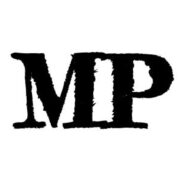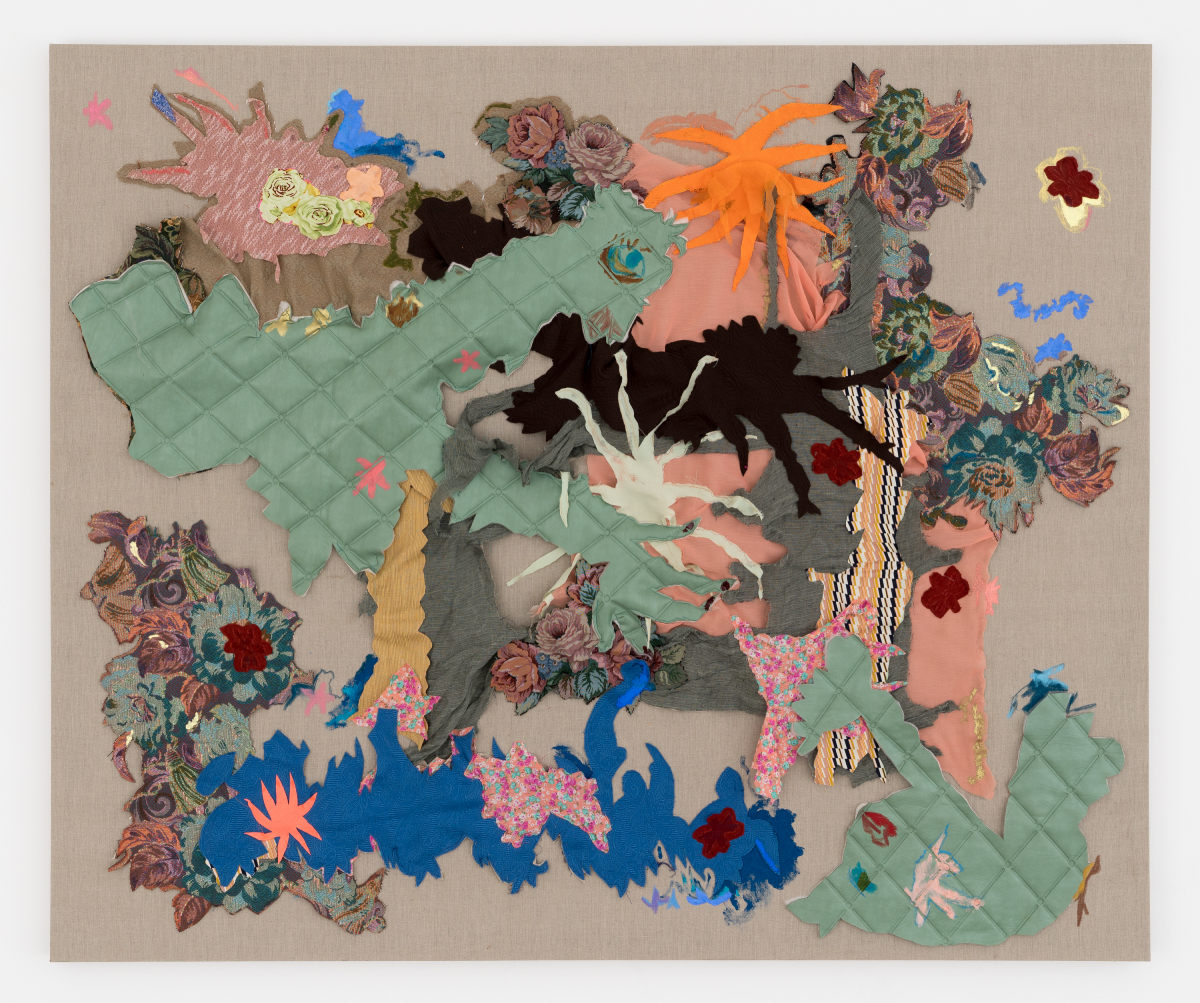
Image courtesy of Galerie Hugues Charbonneau
Cindy Phenix sits down with Erik Sommer to talk about conceptual and phenomenal tension, being more experimental with her materials, the ambiguity of narrative, and beginning each painting with her favorite brush.
I like to suggest the process my paintings go through, without revealing it completely.
(ES) Describe your work for us.
(CP) My work is about individual and collective emotional lives. It is narrative, yet blends figuration and abstraction. It is process-based, colorful and textured. I am interested in how identity and marginality are experienced in society. I begin with complex photo-collages of people in environments. My work often flirts with abstraction, then, but the scenes I depict and emotions do come through, and that draws the viewers in. Both the characters I paint and their stage are deconstructed, transformed and recomposed; they are disproportionate, deformed, and vividly colored. Monstrosity, in a sense, is a central concept of my work. My practice is ultimately about the norms that constrain us and about how we, as individuals, still manage to express ourselves within it.
Tell us a bit about your background. Where did you grow up?
I grew up in the suburban town of Varennes, Canada. I moved to Montreal to do my undergrad in studio arts at Concordia University. Varennes and Montreal are very different: the first is rather conservative, socially speaking, whereas the second one, at least in the artistic world, is very liberal, open to marginality and encouraging of experimentation. The tension between the norms of suburban life and the openness of the urban cultural class can explain my interest for identity, for marginality, and for collective transformations.
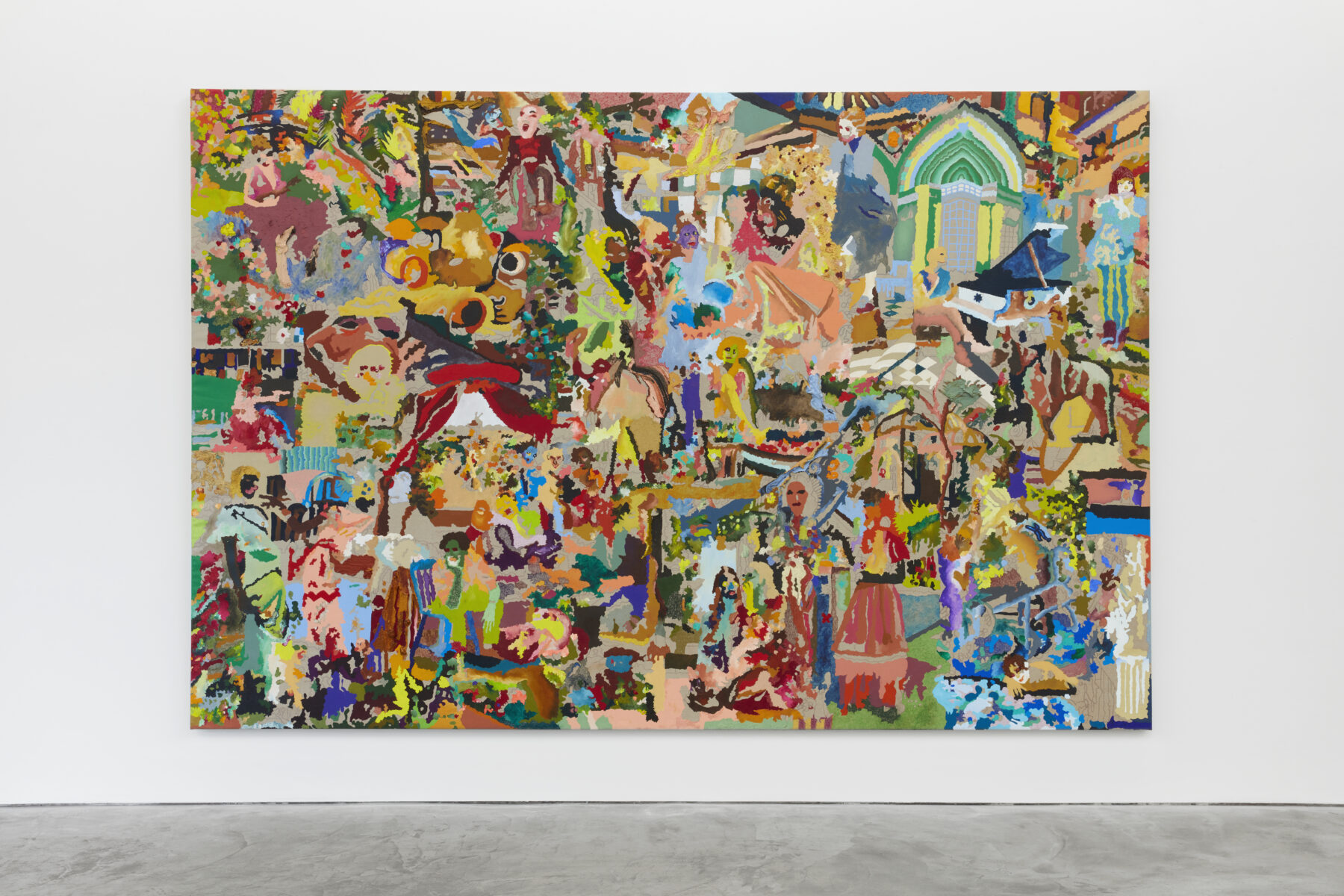
Image courtesy of Nino Mier Gallery
Where do you live and work now?
I live and work in Chicago.
How do you think this has influenced your work?
I did my Master’s degree at Northwestern University, so living here has been a very big influence. The courses I had at Northwestern really influenced how I think about my art, to relate it with other artistic movements and to social theories. The city itself also inspired me a lot: the art world here is much more raw than the one I previously knew. It pushed me to be more experimental, notably with the materials I use.
Any artists today you are looking at?
I am looking at Anna Boghiguian’s drawing, at how she breaks the frames and creates extremely organic, sculptural installations. Surrealists also inspire me these days: Dorothea Tanning, Leonora Carrington, Max Ernst.There’s also the Dutch, at the moment for me it is Hyeronimus Bosch for his compositions and monsters, and Pieter Bruegel for his landscapes and facial expressions. And then there are many truly inspiring contemporary artists of course: Salman Toor, Nicole Eisenman, Amy Sillman, Njideka Akunyili Crosby, Alex Da Corte, Jill Mulleady, Liz Magor, and Anthea Hamilton, among others.
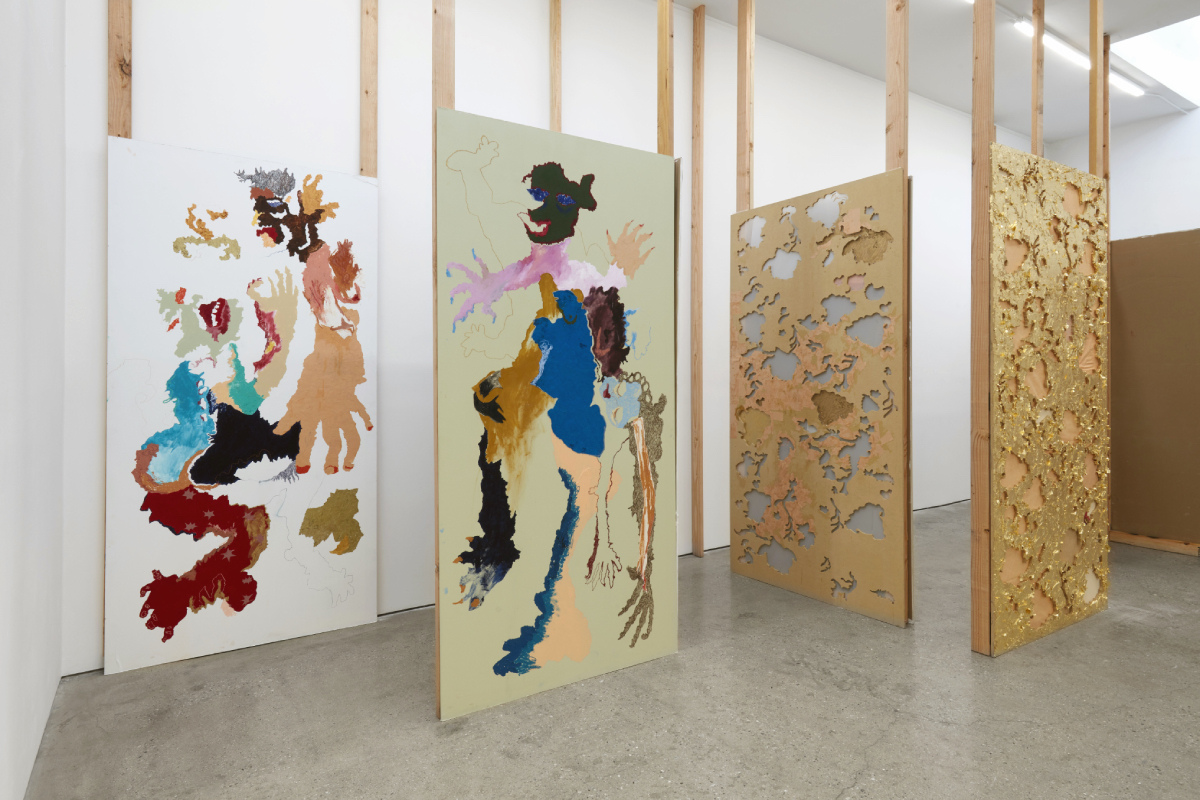
Image courtesy of Nino Mier Gallery
You are known for painting, drawing and sculpting. Is there a medium you prefer?
No. Well it depends on my mood: when I am painting I prefer sculpture, and when I do sculpture I prefer painting!
With some of your paintings you leave parts of the canvas unfinished. Why is it important to be able to see the surface?
I like to suggest the process my paintings go through, without revealing it completely. In that respect, parts of the canvas left unfinished call the viewer to pay attention to it.
You have used materials other than just paint, such as gold leaf, textile and collage. How did this start, and what do you like about it?
My father is a roofing contractor and I have been in contact with all sorts of construction material early on: insulating foam, 2x4s, plywood, plaster. I carried these things into my practice. I was able to develop my ability with these during my undergrad, as I was following sculpture, drawing and painting courses at the same time. The use of gold, of textile, of collage, emerge from the same interest in material things. I like the conceptual and phenomenal tension that exists between the precious ones and the rough ones.
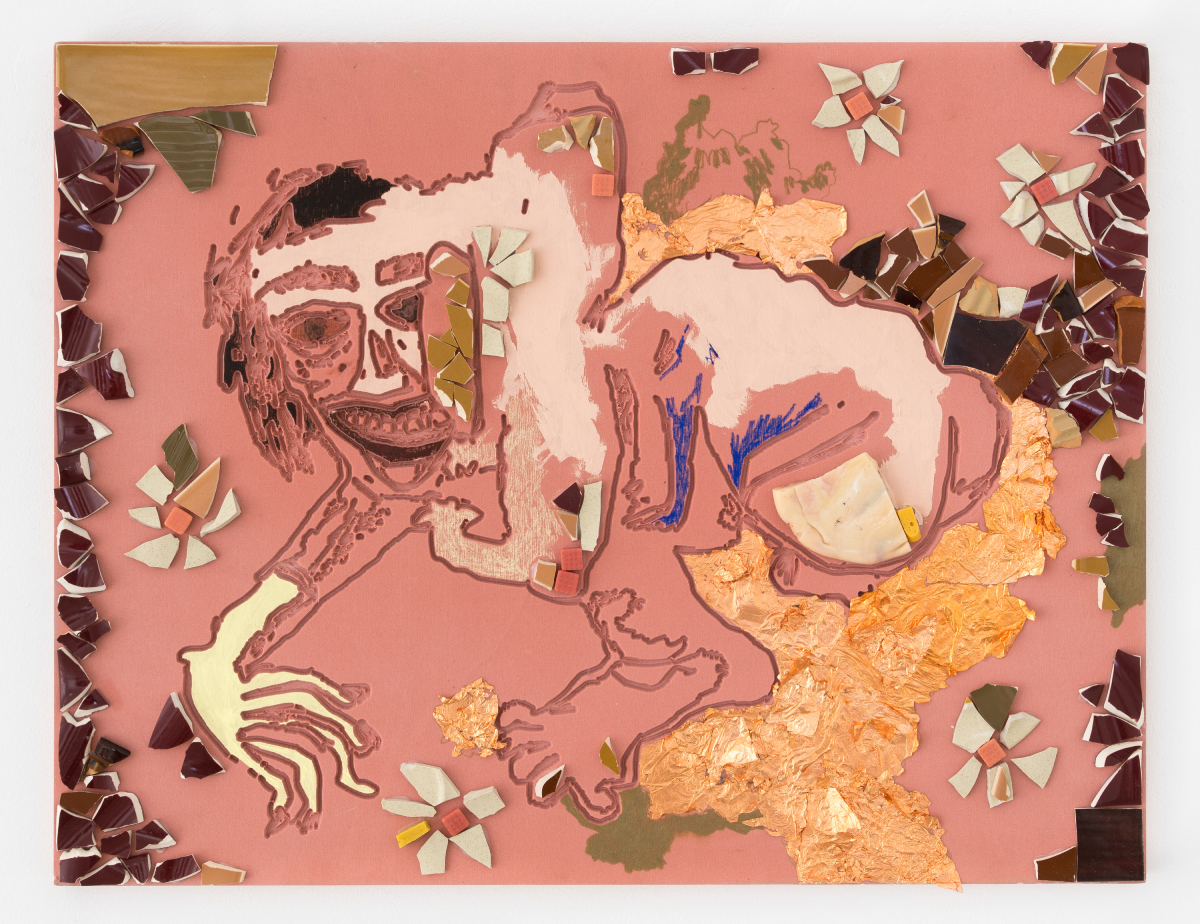
Image courtesy of the artist
Your work is full of energy and emotion, yet the figures and their actions can be ambiguous. How concerned are you with the viewer correctly interpreting the story?
I think the ambiguity of the narrative is one of the appeals of my work. That the compositions are complex and its elements not always identifiable, that the process is visible and layered, all of this is purposefully directed at giving the viewer a lot of agency in the interpretation of my paintings.
When you are working do you think in English or French?
Both!
Are you more concerned with the process or the end result?
With the process. My paintings often begin with collages from photographic material I gather from all sorts of sources. The process of rendering them on canvas is very careful and work-intensive, especially considering some of my canvasses are quite large. It involves a lot of drawing, taping, meticulous coloring, but also big, thick, energetic brushstrokes. The end result appears slowly and in general a bit by itself so I tend not to be too concerned about it.
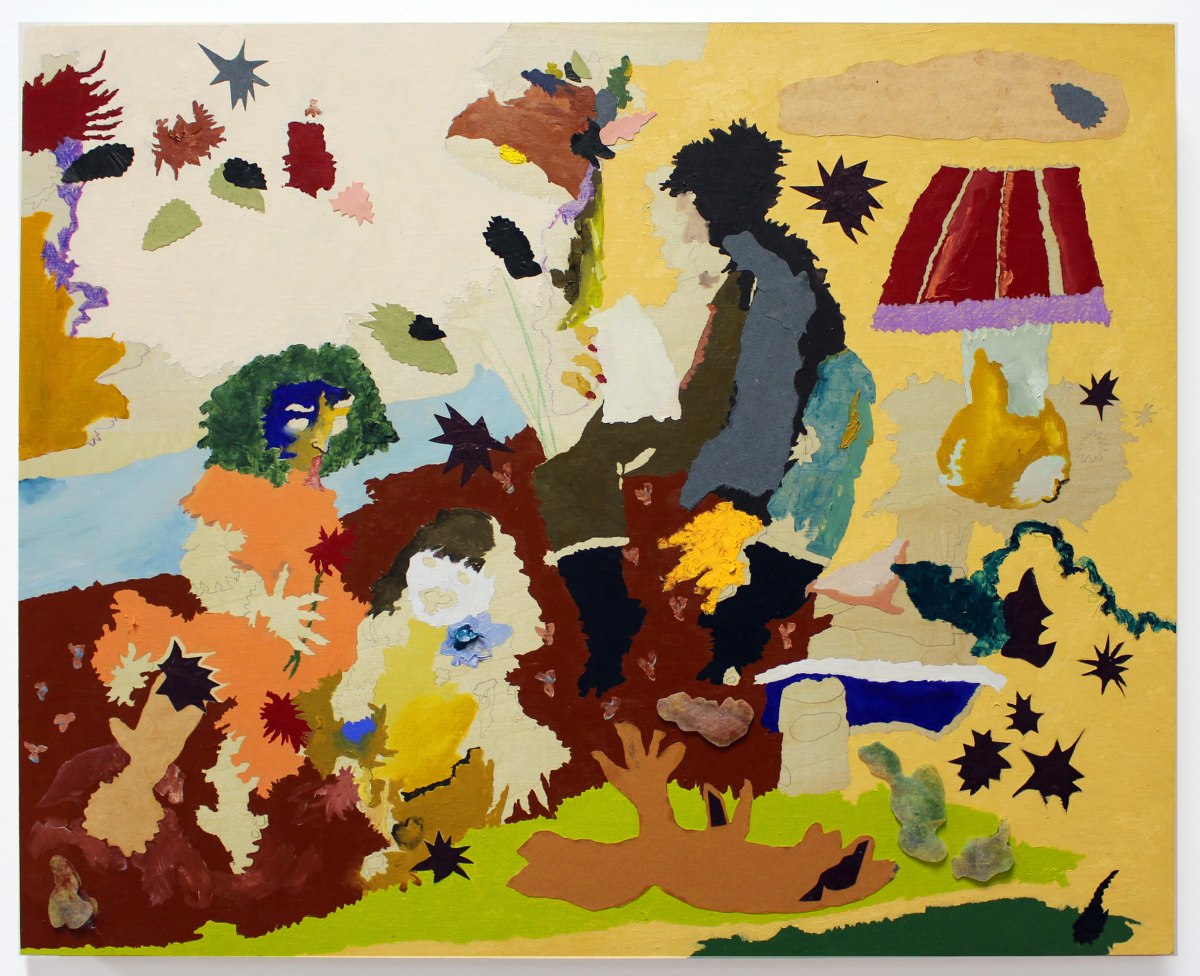
Image courtesy of Galerie Hugues Charbonneau
What is your normal studio practice like? Any routines or superstitions?
I am pretty regular in my studio practice. One thing I always do – I guess it is a superstition – is to begin my paintings with a brushstroke with my favorite brush.
Any recent or upcoming projects?
Well, in June I have my first exhibition in Europe, at Nino Mier Gallery Brussels, and I am very excited about it!
Finally, what is your favorite color?
Cobalt green at the moment.
To see more of Cindy Phenix’s work visit her website and Instagram page.
